While much of the attention thus far regarding Alaska’s acquisition of the Hawaii bellwether has focused on new routes and loyalty program changes, integrating the pilot workforce is just as important. Today, the merger between Hawaiian Airlines and Alaska Airlines moved into a new phase as both airlines’ pilots began a critically needed joint contract negotiation process.
Why this is important: Full integration of the two airlines under one certificate of operation cannot happen until pilots work under the same agreement. The outcome of these negotiations will determine whether the merger continues to move ahead smoothly or faces delays that could impact both airline operations and passengers.
Pilot contracts weigh heavily in airline mergers.
A merged airline can’t function as a single entity, in this case, under Alaska Air Group, until its pilots work under the same contract. Pay, benefits, scheduling, and seniority must all be aligned before full integration can occur. Without a unified agreement, Hawaiian Airlines and Alaska Airlines pilots will continue to operate under separate rules, limiting the operational efficiencies expected from the merger.
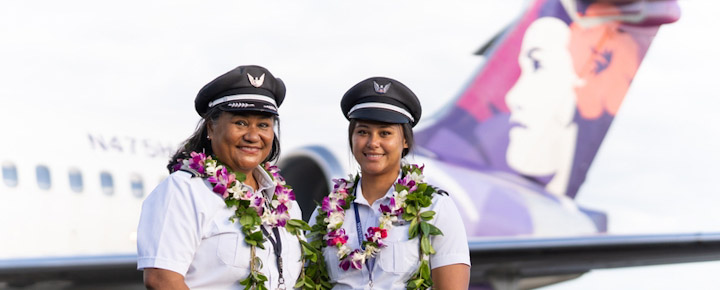

In past airline mergers, delays in contract integration have more often than not caused disruptions and increased operational costs. Reaching an agreement as soon as possible is key to avoiding those challenges.
Currently, it is believed that Alaska Airlines’ most experienced pilots earn up to $361 per hour, while Hawaiian Airlines’ most senior pilots can earn as much as $448 per hour. Aligning these pay scales will be a key part of the merger process, ensuring fairness and consistency across the combined pilot workforce.
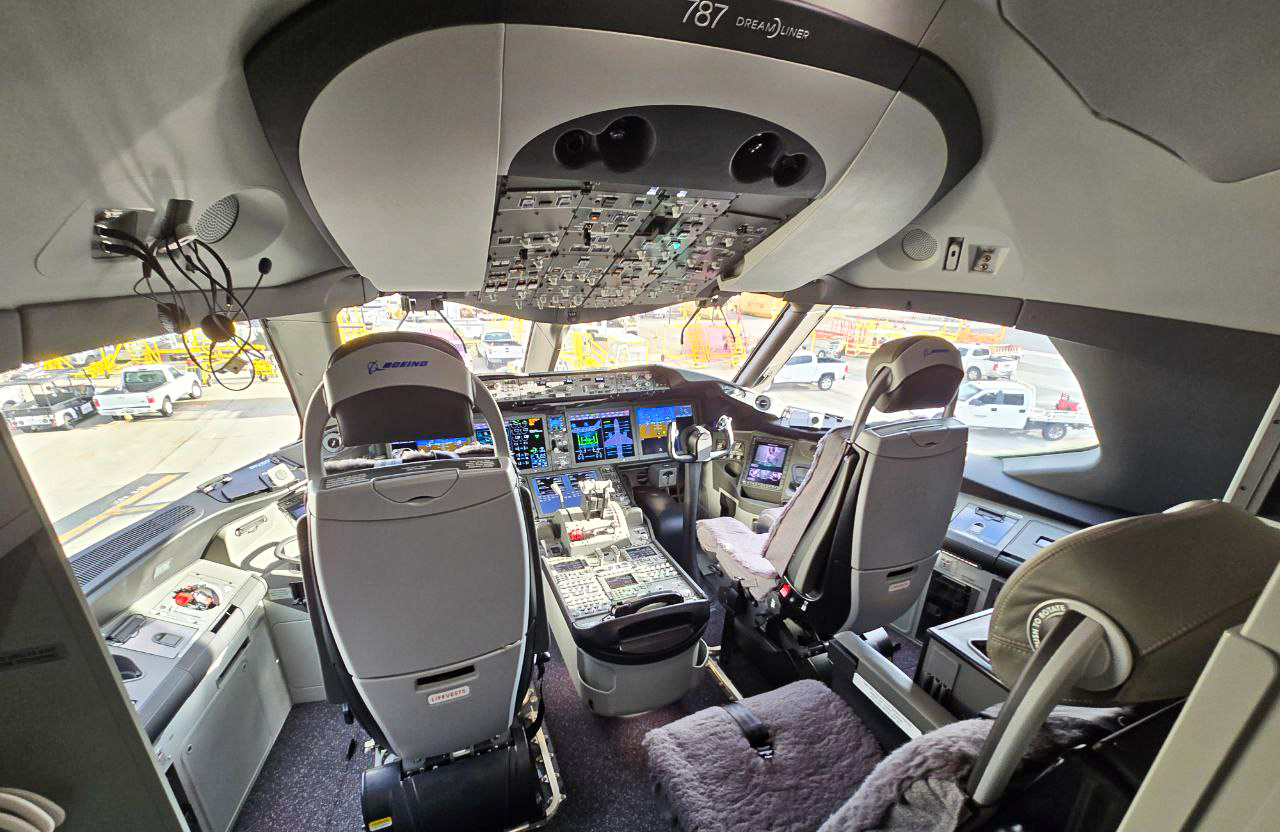

Where negotiations stand now.
The Air Line Pilots Association, representing pilots from both airlines, has begun negotiations for a Joint Collective Bargaining Agreement. This agreement will unify pilot work conditions, pay scales, and scheduling rules, setting the stage for full operational integration.
The Alaska Airlines Master Executive Council and the Hawaiian Airlines Master Executive Council are leading these negotiations. Once a tentative agreement is reached, both groups must approve it before pilots vote on the final contract. While both sides have expressed anticipated optimism, contract negotiations during airline mergers are rarely that quick or easy.
The biggest challenges ahead.
Merging pilot contracts is often not smooth, and seniority integration can be one of the most challenging issues. A pilot’s seniority determines their route selection, career progression, and scheduling preferences. Finding a fair way to merge the seniority lists of the two different airlines is likely the most contentious part of these contract talks.
The US Airways-America West merger in the early 2000s became a cautionary tale for the industry when seniority disputes dragged on for years, creating lasting divisions among pilots. Even after full operational integration, some pilots from each airline remained identified as separate groups.
The American Airlines—USAir merger’s pilot seniority issues dragged on for years until they were resolved in arbitration.
The 2008 Delta-Northwest merger took a different approach and has been cited as a success story.
Delta reached a deal with its pilots early in the process, which kept the transition smooth and prevented major conflicts from affecting operations.
Beyond seniority concerns, Hawaiian Airlines and Alaska Airlines operate under different pay structures and scheduling rules. Hawaiian Airlines pilots also fly long-haul international routes, while Alaska Airlines pilots primarily operate domestic and regional flights. Balancing all of these differences will be necessary to bring these two workforces together under a single contract.
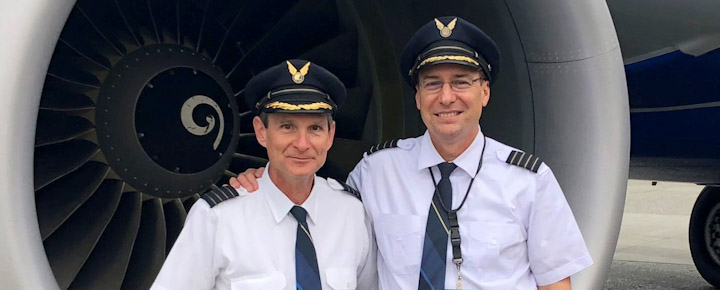

What this means for Hawaii travelers.
At this stage, contract negotiations are internal, but the outcome will eventually impact Hawaii travelers.
If talks take longer than expected, it could delay planned changes, schedule adjustments, and other operational improvements expected from the merger. Travelers may have to wait longer to see new routes or flight efficiencies that will come once there is full integration including this.
A smooth contract process, as hoped for, would allow for greater stability and efficiency, helping ensure that pilots operate under the same conditions as the two airlines transition into a single carrier.
Alaska will undoubtedly look to the Delta playbook for its script.
What to look for next in the merger.
Even after a pilot contract agreement is reached, merging the two airlines’ seniority lists will be the next step, which could add additional time to the pilot process.
Alaska Airlines has stated that it will pursue a single operating certificate for both airlines, formally combining them under one regulatory framework. That process is expected to reach fruition in October 2025.
As negotiations continue, industry insiders and Hawaii travelers will watch to see if the pilot contract process moves forward smoothly or becomes a stumbling block in the full integration of Hawaiian Airlines and Alaska Airlines.
We welcome your thoughts.
Get Breaking Hawaii Travel News
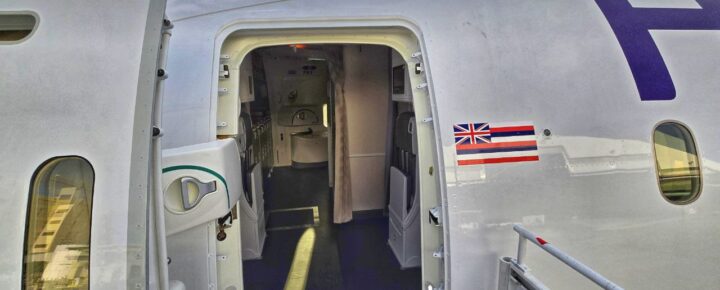
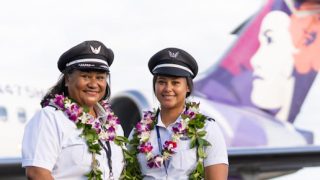
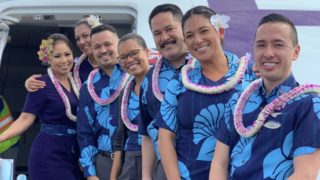
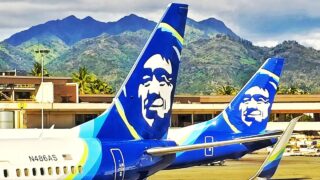
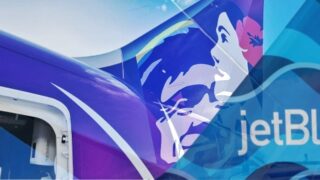
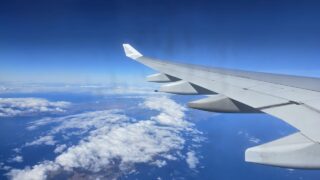
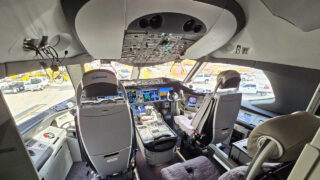
This article makes it seem that the flight attendants aren’t in the same situation. They both need to come to an agreement to make this merger a smooth one.
…and the mechanics.
We obtained an Alaska Credit Card hoping that the airline would have flights going directly to the mainland from Hilo. Having mobility issues and requiring an electric wheelchair, going through HNL is very difficult having to use Hawaiian who will not allow other carriers to book my wheelchair all the way to/from my destination. When UAL decided to stop mainland flights from Hilo, we now have to pay additional airfare to/from ITO/HNL. We closed Hawaiian and United credit cards. If Alaska will not provide Hilo/mainland service, I will close their credit card too. I will then travel using Southwest and getting their credit cards. Also, the food on Hawaiian is inedible and garbage. Hawaiian Air really sucks.
Thank you, that leaves another seat for me to choose from.
Turned out HAL 15 years ago from the west coast mainland was the most expensive. It was about $100 more round trip but included a complementary lunch with your flight purchase. Most people chose this because of the convenience of served food but all in all the airline made more profit. Delta, Alaska, United,AA, seemed less expensive. All in all HAL could afford to pay their pilots some what more because of the airfare pricing difference. IMO now not so much. Even at 360 dollars an hour it don’t spell chump change. Hawaii minimum 6 hour flight equals $2160 per flight. Pretty darn good wages if you ask me.
I’ve talked to quite a few crew from both carriers and it seems to me very likely they’ll work this out. Both carriers are scrappy survivors against the “big box airlines” and the potential for mutual self destruction ( like USAir did) appears low… I think they both realize the potential they have, we’ll see soon enough!
Flying aircraft from multiple manufacturers is the industry norm. Having flown multiple Boeing, Douglas, Lockheed, and and many other types of aircraft I can attest it’s not a problem at all changing types. It’s actually a pleasure sampling different types
The demographic cost of living in Seattle vs. Honolulu perhaps is way different. Sorry most big corporations make salary offers based on the national average and based on experience so much extra. IMO I don’t think Alaska pilots will high years experience would ever buy in to other pilots making what 55bucks an hour more. Alaska probably has way more pilots than HAL so I feel as a profit-business move Alaska will pay HAL pilots the lower amount if that. Another solution just order less HAL planes and therefore less HAL pilots are needed. Sell off older planes and weed out the need.
More better service or just more pilot era. Jeju. Airlines Dec. 2024 crash in South Korea. Pilot error and different training.
This is a little miss leading as to the Delta/NWA list. Most NWA pilots felt that they were thrown under the bus by Delta. I would expect the same for the HAL pilot group. How do I know this…. Just a former NWA pilot. HAL is a better airline than ASA. Personal experience.
ASA has management issues post the Kennedy leadership days, but HAL management led towards bankruptcy. So ASA management is calling the shots. Hopefully they learned from the Virgin fiasco.
Another potentially big issue regarding employee integration is that Alaska uses Boeing aircraft while Hawaii uses Airbus planes. Integrating pilots totally will never be totally completed until a single manufacturer is in place. Boeing pilots apply control and receive continual feedback – the yoke is constantly moving, while the Airbus’ system is totally by wire – computer input. When a problem arises in a Boeing plane, you get a warning, and then you grab a book, find the page, and follow the written instructions (try that a midnight!), while an Airbus control panel will display the problem And the corrective action!
Being able to move back and forth between manufacturer’s is extremely difficult, so the probability is that pilots will hardly ever be able to move back and from one plane (read one airline’s planes) to the other. So much for integration of the pilots (and the mechanics!).
Yet the pilots from Virgin America made the transition to the 737 when they phased out the Airbus. Now that Hawaiian is merged some pilots may transition back to the Airbus, or not. Some may transition to the 787.
I think you overstate this “problem”
As an aside I grew up in the 60s/70s and into the 80s with many friends with fathers who were airline pilots. They all transitioned from the Navy, Marines, Air Force aircraft to commerical planes to all sorts of commercial airliners throughout their careers.
I have flown first class on Hawaiian and very satisfied with the crew and good/beverage service. This time we booked Alaska and hope it will be as enjoyable.
This will be interesting I suspect only a few HA pilots make that kind of money by flying the A330 and it doesn’t look like there’s much of a future in that. With the timetable AS has sketched out for international service from Seattle, it looks to me that in the long term, the only A330’s left flying for Hawaiian will be from HNL to what will remain of their Asian service.
The real question will be how much will the 717 and A321 pilots get paid. If they’re getting paid more than the AS 737 pilots, that’s going to be an issue because if AS has to bring up pilot wages to match them, that’s going to saddle AS with higher pilot costs throughout their system.
Alaska Airlines may have decided to ultimately have all flights to Hawaii be HA be branded so as to build a “firewall” with HA pilots flying A321’s to the mainland at higher wages than AS 737 pilots and keep it that way unless and until AS gets A321’s.
The worst I ever saw was when American acquired TWA.
They did what was called a stapled seniority list. Essentially, the most senior TWA pilot was right below the most junior AA pilot.
That was because AA bought TWA out of bankruptcy and the TWA pilots really had no other choice.
Merged seniority lists become more of a problem especially when you end up with several mergers over the course of a career. Just when you think that after 30 years and three mergers you are finally getting to the top, a long comes another. This was true in the case of the Northwest and US Air pilots.
I get why pilots want their seniority protected, but at some point, they’ll have to compromise. No way this merger works if one group feels like they got steamrolled.
American did not acquire TWA. AA bought TW’s assets and hired its employees as new hires. The company lived on for several years as essentially a shell for several years, owning the trade marks and other things AA didn’t want to buy.
As the TW pilots belonged to a different union, there was nothing to merge. All the employees were Day One new hires.
Interesting kind of behind-the-scenes stuff that travelers don’t think about until it causes delays or cancellations. Let’s hope Alaska and Hawaiian learned from past mergers that didn’t go smoothly.
I hope Hawaiian pilots don’t get the short end of the stick in this deal. Their long-haul routes and international flying experience are very different from Alaska’s domestic operations. That has to count for something. Will be interesting to watch this play out.
Pilots are the backbone of any airline, and if they don’t feel valued in the merger, that could cause major disruptions. Just look at what happened with US Airways and America West—I remember the years of disputes.
This is a huge deal for both pilots and passengers. If the contract talks drag on, I wouldn’t be surprised to see route delays or even some operational hiccups. Hopefully not.
Merging airlines is one thing, but merging two entirely different pilot groups? That’s going to take some serious negotiations. Hope they can work it out without too much “turbulence.”
Regarding integrating pilot seniority lists, look for the Alaska pilots to beat down the Hawaiian pilots into their wage scales. USAir tried it with America West and it was very ugly and crews never integrated until forced to do so in arbitration. They basically hated each other.
While we haven’t lost any flights from PDX to Hawaii,
the departure times from Portland aren’t as convenient as they used to be.
I’m more worried about the loyalty program, not sure I’ll have status next year because of it. Changing it in the middle of summer makes No sense! January would’ve been a good time to unify them
The United/Continental merger/acquisition was also a nightmare when it came to merging seniority lists.
For years, it seemed, cabin crews were all from one airline or the other and you could easily tell whether it was a United or Continental cabin crew. United FA’s stood and watched you struggle to put even a “legal” carry-on in the overhead bin, even smirking and almost taking pleasure in it. Continental FA’s were all over it with “How y’all doin today? Let me help you with that.”
I sat with a former Continental pilot on a DFW/HNL flight and he just oozed resentment over the whole thing.
Hopefully, keeping HA culture on HA-branded flights, and Alaska culture (whatever that is) on Alaska flights will mitigate this.
Ah yes, because it’s always about the pilots first.
Our lives are in their hands!
Um, no. It’s up to the trained and dedicated aircraft technicians who ensure each and every aircraft is ready for safe flight hands. The pilots are just overpaid button pushers.
And the passengers last. Nothing has changed, only the names of the airlines involved.